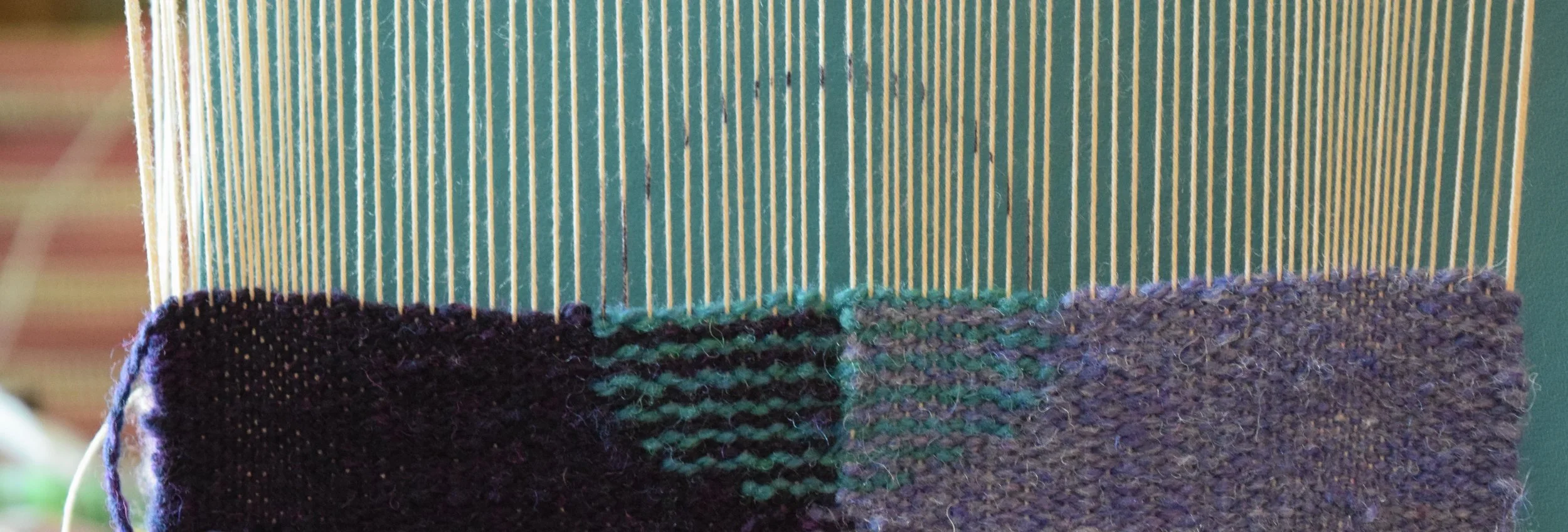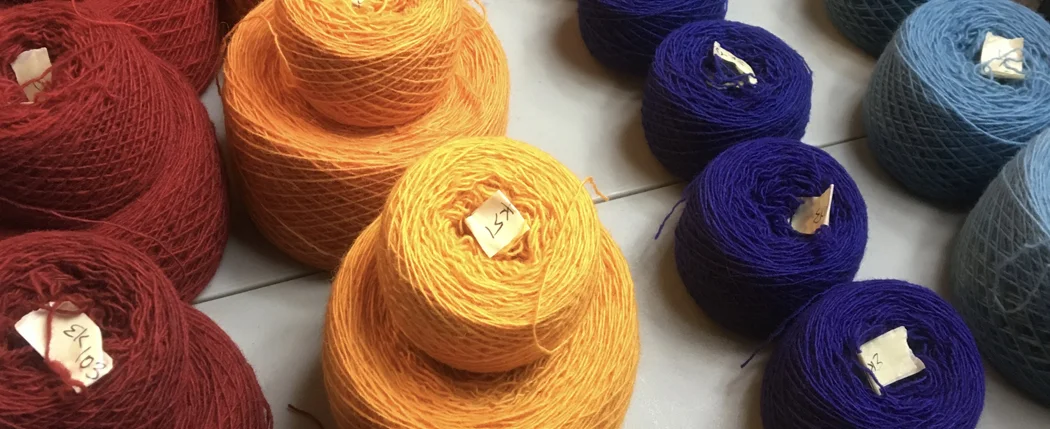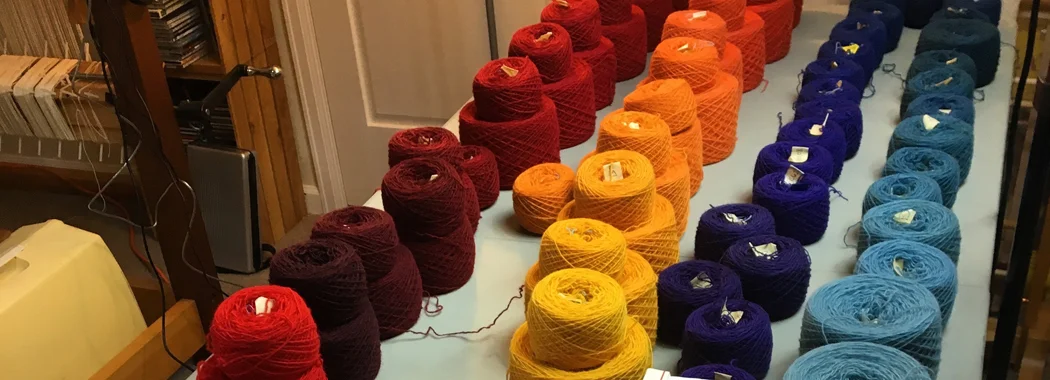![An optimism problem]()
I signed up for Spinzilla this year. I'm on Team Shuttle Spinners. That is the team of my favorite weaving shop, Shuttles, Spindles, and Skeins in Boulder, CO. It is owned by the marvelous Maggie Casey who, against all odds, has managed to make me a mediocre spinner and is working on making me an excellent one a little at a time (it would help if I practiced more, so don't blame Maggie--she has worked miracles already). Spinzilla is an opportunity for me to improve my skills. I am just a tad competitive, so having a challenge to spin as much as possible in one week does get me to spin when I might have otherwise opted for a glass of Pinot Grigio on the couch with a novel.
In case you've never heard of Spinzilla (and why would you have if you're reading a tapestry blog?), it is a week-long spinning challenge set up in teams all over the world. It is run by TNNA, The National NeedleArts Association, and the proceeds benefit youngsters learning fiber arts.
My goal this year was to spin three miles. There are 1760 yards in a mile and I thought certainly I could spin three times that... but my performance so far has not been as expected and because I'm trying to be more focused about goals and marking my daily "progress" through life, today I looked at last year's take to see what I was able to do. The truth was a little discouraging: less than a mile.







